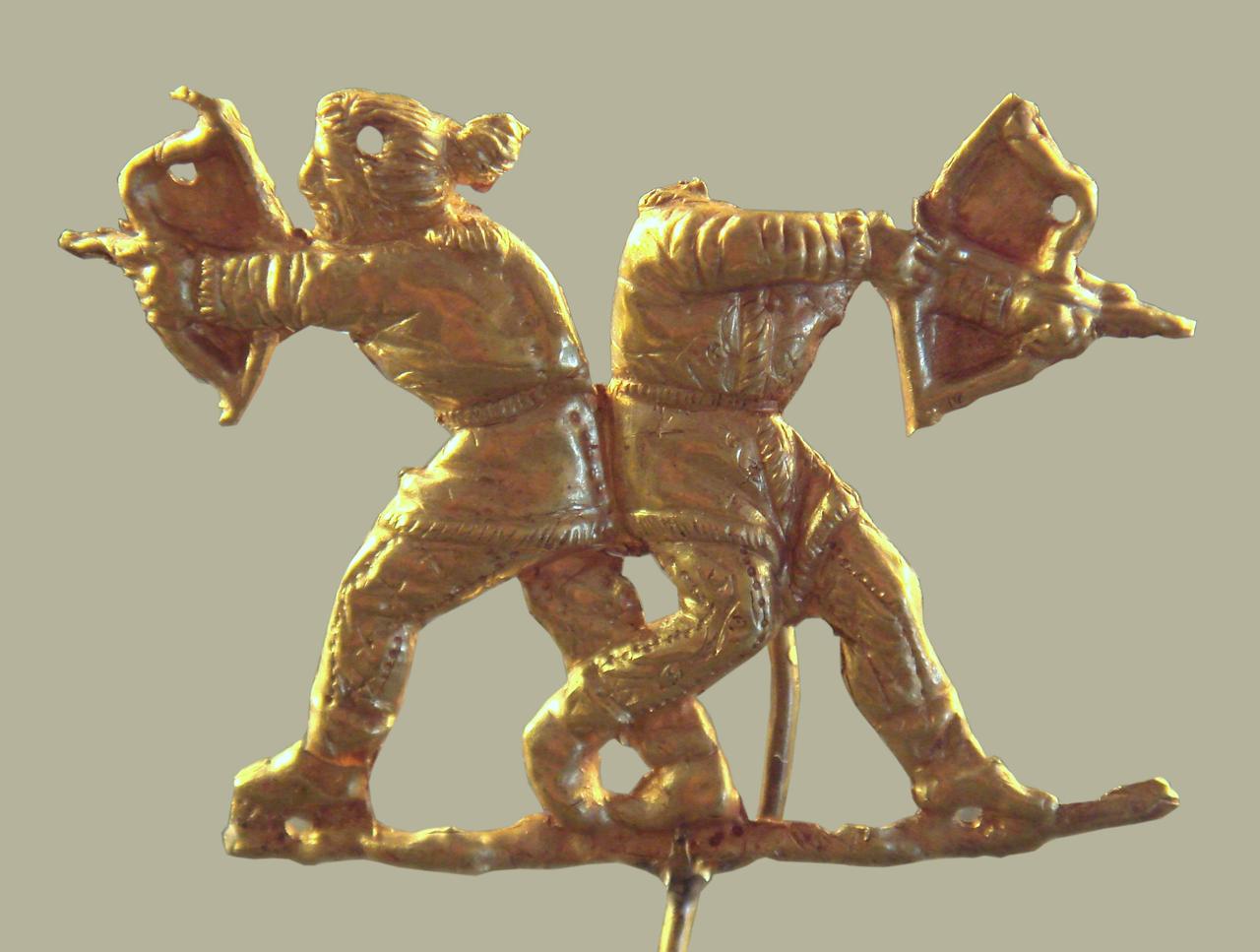
A large-scale genetic study has provided new insight into the origins and diversity of the Scythians—nomadic tribes that dominated the Eurasian steppe between the seventh century B.C. and the early third century B.C.
Researchers analyzed high-quality genomic data from 131 ancient individuals across the area known to the ancient Greeks as “Great Scythia,” which stretched from the northern Black Sea coast to the Middle Don River.
The findings show that Scythians were not a single homogeneous group but a mix of populations with major European Bronze Age ancestral components, as well as smaller genetic contributions from Siberian and East Asian sources.
These eastern genetic traces were absent in earlier European steppe populations and appeared only during the Iron Age, suggesting new migration or contact events.
Four distinct genetic clusters were identified among Scythian groups in the study area—the Middle Don, North Pontic steppe, Crimea, and pre-Caucasian steppe—each displaying unique genetic profiles.
Non-Scythian Iron Age populations living within or near Scythian territory, such as the Maeotians and Pyanoborskaya culture, were found to be genetically separate despite adopting elements of Scythian material culture.

By sequencing remains from the Middle Bronze Age (Catacomb culture) and Late Bronze Age (Srubnaya culture) in the same region, the team traced a genetic shift before the rise of the Scythians.
The Catacomb culture population, with dark hair and eyes, was replaced by the Srubnaya culture, in which lighter hair and blue eyes became more common. This change points to large-scale migrations within the Eurasian steppe long before the Scythians emerged.
The research also examined Scythian phenotypes and health-related genetics. Notably, scientists found a mutation associated with hereditary fructose intolerance—a metabolic condition in which the body cannot properly process fructose.
This mutation, first detected in Scythians, remains the most common genetic cause of fructose intolerance in modern European populations.
The study emphasizes that while ancient authors such as Herodotus described Scythians as having bronze skin, reddish hair and a meat-heavy diet, these accounts mixed observation with myth.